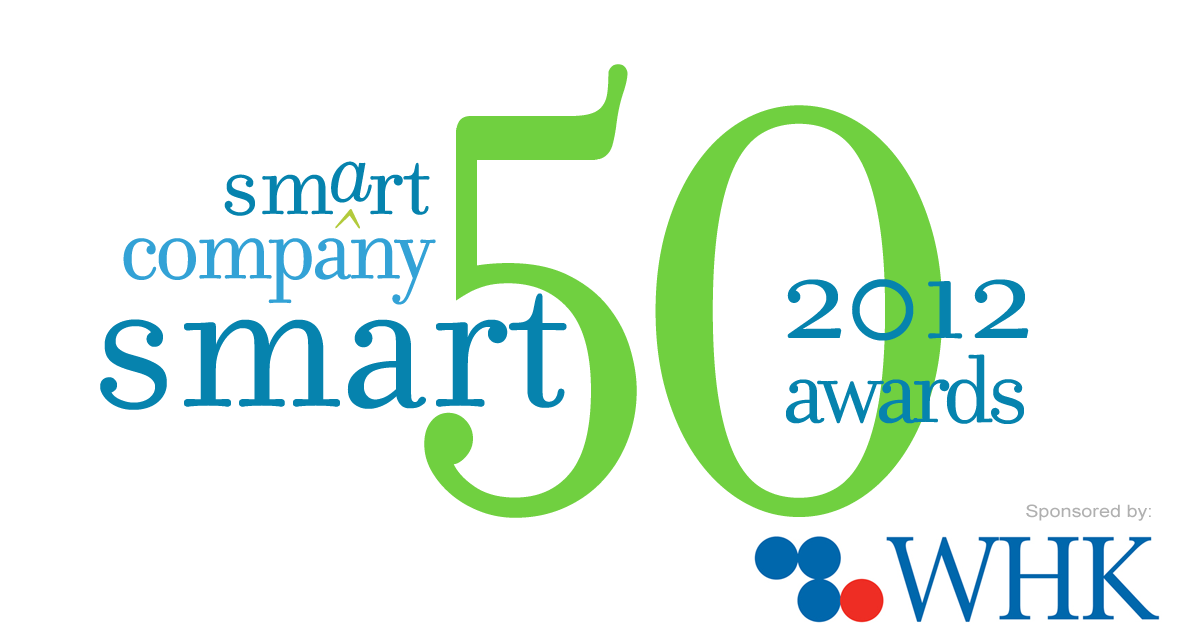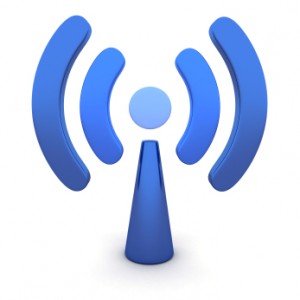LX Design House has been awarded Best in Design at the Electronic News 2012 Future Awards for the QuickFire Pyrotechnics Firing System
The winners of the Electronic News 2012 Future Awards were announced at ElectroneX on 12 September 2012. LX Design House was awarded Best in Design for their design of the QuickFire Pyrotechnics Firing System, which is being developed for Elite Fireworks. LX is an electronics design house based in Sydney at the Australian Technology Park.
This is the third time that LX Group has won a major award at the Electronic News Future Awards. In 2010, LX Group was awarded winner in the Digital Home category with YellowBird ALERT, an emergency alert system and in 2009 was awarded overall winner for Best Project with the WMD3000, a device that monitors a user’s gym workout and provides feedback wirelessly.
The Electronics News Future Awards recognises and rewards electronic vision, design and development in the Australian electronics design industry.
“We’re truly humbled to receive this prestigious award. It means a lot to both our team members and our clients to have our design and engineering quality benchmarked against others and to come out with such affirmation of what we are striving towards at LX. In addition to this, we are all particularly excited for our client, Elite Fireworks, as this comes at a perfect time leading up to preparation to launch” said Simon Blyth, Director and Founder of LX Group upon receiving the award.
The QuickFire Pyrotechnics Firing System is the first firing system in Australia to use ZigBee wireless mesh networking technology and can fire manually, semi-automatically or automatically, either hardwired or wirelessly. Communication between the devices is secure with encrypted data transmitted with at a frequency of 2.4 GHz DSSS and with RF transmission strategies. In addition to allowing control signals to be repeated across multiple wireless firing units, signals can be rerouted the next available firing unit instead of relying on one main transmitter. Some of the safety and continuity features include:
• an intelligent automatic show recovery function that can detect a system error and restart the controllers within three tenths of a second – and then continue, in sync with the show, and the soundtrack;
• enabling firing units to work independently from the master unit, each firing unit holding local copies of the firing instructions – eliminating firing delay and improving the reliability of the show;
• constant heartbeat monitoring and synchronisation – the wireless units remain in constant contact with the firing unit – and will reestablish communications links if this is lost, firing the next due cue, in sync with the show, and the soundtrack; and
• a dead-man switch that must be held in by the operator for a show to continue.
–End–
Contact:
LX Group, Neala Fraser, Operations Manager, Tel: (02) 9209 4133 Email: [email protected]
More Information:
About LX Group, visit www.lx-group.com.au
About Electronic News 2012 Future Awards, visit http://www.electronicsnews.com.au/news/winners-of-the-2012-future-awards
About QuickFire Pyrotechnics Firing System, visit http://www.quick-fire.com.au/
Published by LX Group for itself and the LX Group of companies, including LX Design House, LX Solutions and LX Consulting, LX Innovations.





